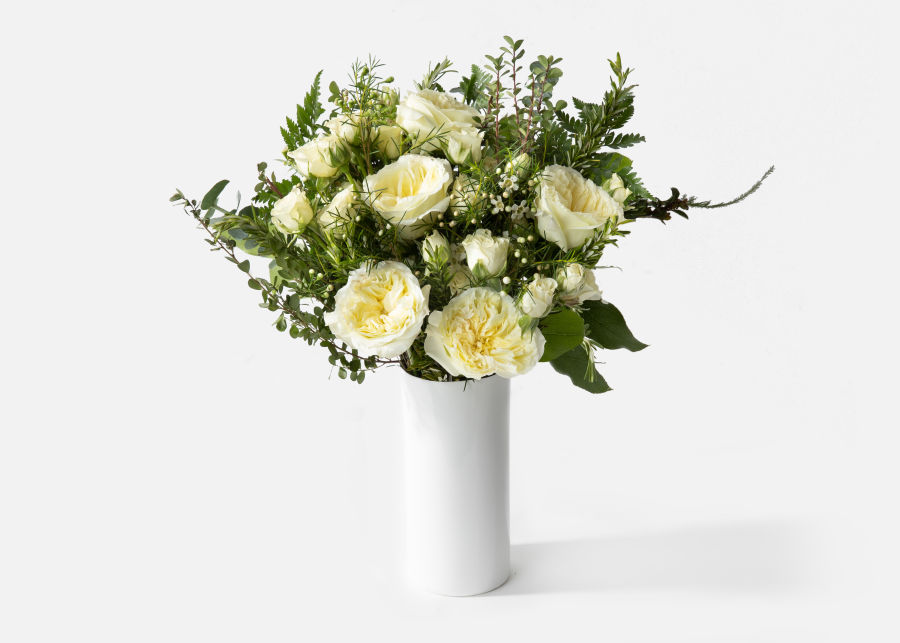Rainbow Tulip Mix Bouquet – The Bouqs Co.
These eco-friendly, tulips can’t stop talking about you! Add a little brightness to your (or someone special’s) day by ordering this flower mix today
This bouquet is made up of rainbow colored tulips.
This all-about-color Bouq takes trending to the next level, and it’s always a favorite! Joyful tulips in shades of red, pink, purple, white, and orange are bursting with happiness. Basically, it’s impossible not to love this bouquet. (Color for days!)
Please note tulips will grow throughout their vase life. Our tulips arrive in bud form and open 1–2 days after arrival.
TULIPS
CARE INSTRUCTIONS
Tulips are soft-stemmed beauties that arrive in bulbs. As soon as they’re trimmed and hydrated, they will begin to bloom! Curved stems, caused by phototropism, is tulips’ natural response to light — this is easily solved with a tall vase that supports the stems. Display in an area safely out of your pet’s reach.
LIGHT
DIRECT
When the path of light from the sun directly hits your plant.
WATER
EVERY 2-3 DAYS PARTIAL
Fill your vase with 2 inches of water. Water should be changed every 2 to 3 days.






Reviews
There are no reviews yet.